Animals
-
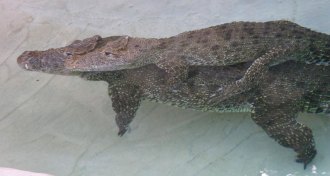 Animals
AnimalsFive surprising animals that play
No one is shocked to find playful behavior in a cat, dog or other mammal. But scientists have documented play in plenty of other species, including reptiles and insects.
-
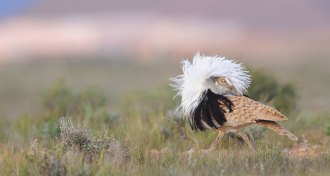 Animals
AnimalsFlamboyant old bustards keep showing off
Among outrageously flirtatious birds called houbara bustards, old males may pay a penalty for years of extreme display.
By Susan Milius -
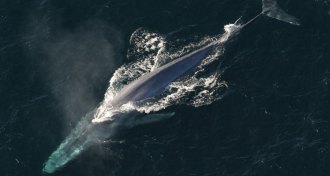 Animals
AnimalsOcean animals have bulked up since ancient eras
Marine animals today are much larger on average than they were in the Cambrian Period.
-
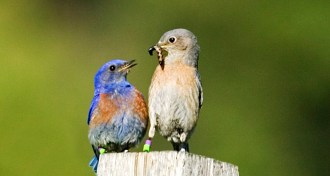 Ecosystems
EcosystemsBluebird moms inadvertently fuel wars between species
Extra hormones delivered to eggs holding sons in tough times end up driving one bluebird species to chase off another
By Susan Milius -
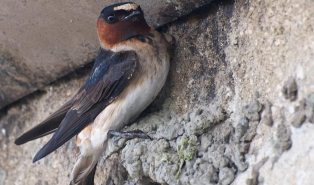 Animals
AnimalsCliff swallow breeding thwarted by bird version of bedbugs
A 30-year study of cliff swallows in Nebraska finds that the birds will abandon nests, rather than have a second brood, when their homes are infested with swallow bugs.
-
 Ecosystems
EcosystemsFooled you! Whirling tails of luna moths deflect bat attacks
Luna moths can use their tails to reflect the echolocation pings of bats, tricking the predators into striking the tails instead of less expendable body parts.
By Susan Milius -
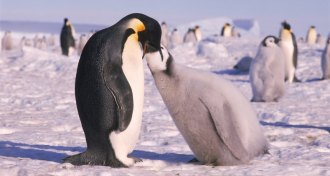 Genetics
GeneticsFor penguins, it’s a matter of no taste
Penguins lack taste genes for bitter, sweet and umami.
-
 Life
LifeTo deal with sexual conflict, female bedbugs get flexible
Female bed bugs evolved an elastic underbelly to tolerate violent mating, a new study suggests.
-
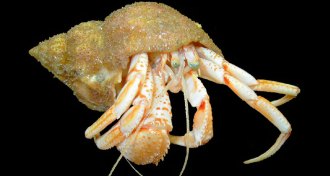 Animals
AnimalsFertile hermit crabs turn shy
Male hermit crabs that aren’t carrying much sperm are bolder than their more fertile brethren, a new study finds.
-
 Paleontology
PaleontologyEarliest tree-dweller, burrower join mammal tree of life
Fossils show mammal ancestors did a lot more than cower in dinosaurs’ shadows.
By Susan Milius -
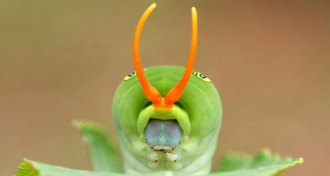 Animals
AnimalsTiger swallowtail genome gives clues to insect’s stinky defense
Clues within the genetic code of the Eastern tiger swallowtail butterfly (Papilio glaucus) explain how it developed a smelly defense against predators.
-
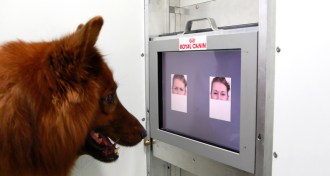 Animals
AnimalsWhen you’re happy and you show it, dogs know it
A new test using pictures of halves of human faces challenges dogs’ abilities to read people’s emotions.
By Susan Milius